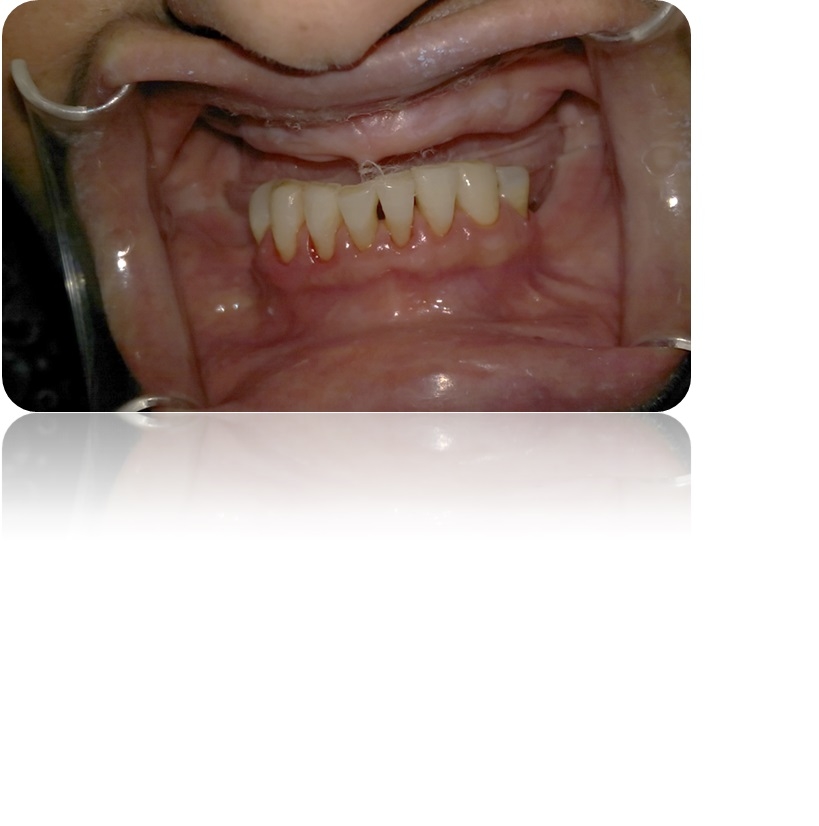IADR Abstract Archives
Which is better for Principle Abutments in distal Extension Cases: Ball or Ot-Equator Attachment? A Research Article
Objectives: This clinical study was done to compare between different designs of solitary attachments used to retain implant assisted
mandibular distal extension Removable Partial Overdenture regarding alveolar bone height changes around abutment teeth.
Methods: Twelve patients with mandibular Kennedy Class I were selected for this study. The remaining natural teeth were extended
from the first premolar on one side to first premolar on the other side. One implant was placed bilaterally in each first molar region.
The removable partial dentures were retained anteriorly by RPA clasp designs on mandibular 1st premolars and posteriorly either
by ball attachment (group A) or by OT-equator attachment (group B). Alveolar bone height changes around the primary abutment
teeth were radiographically evaluated using Cone Beam CT (CBCT) immediately (T0), 3 months (T3), 6 months (T6) and 9 months
(T9) after definitive loading.
Results: At the end of the study, the measured abutment alveolar bone height resorption in ball attachment group (0.72 ± 0.15)
significantly (p value = 0.008) showed less alveolar bone resorption when compared to OT- equator attachment group (1.01 ± 0.25).
Conclusions: Within the limitations of the present study, ball attachments are more advantageous than OT-equator attachments for
retaining Implant assisted distal extension removable partial overdenture regarding the preservation of abutment alveolar bone
height.
mandibular distal extension Removable Partial Overdenture regarding alveolar bone height changes around abutment teeth.
Methods: Twelve patients with mandibular Kennedy Class I were selected for this study. The remaining natural teeth were extended
from the first premolar on one side to first premolar on the other side. One implant was placed bilaterally in each first molar region.
The removable partial dentures were retained anteriorly by RPA clasp designs on mandibular 1st premolars and posteriorly either
by ball attachment (group A) or by OT-equator attachment (group B). Alveolar bone height changes around the primary abutment
teeth were radiographically evaluated using Cone Beam CT (CBCT) immediately (T0), 3 months (T3), 6 months (T6) and 9 months
(T9) after definitive loading.
Results: At the end of the study, the measured abutment alveolar bone height resorption in ball attachment group (0.72 ± 0.15)
significantly (p value = 0.008) showed less alveolar bone resorption when compared to OT- equator attachment group (1.01 ± 0.25).
Conclusions: Within the limitations of the present study, ball attachments are more advantageous than OT-equator attachments for
retaining Implant assisted distal extension removable partial overdenture regarding the preservation of abutment alveolar bone
height.

